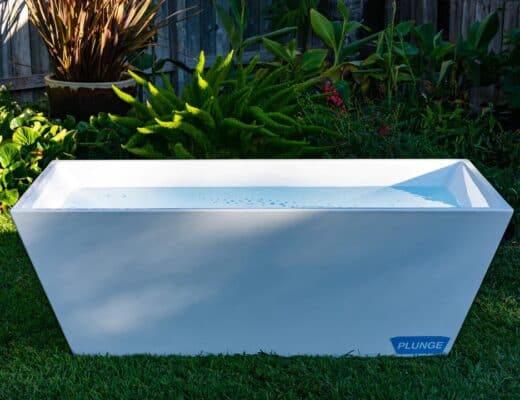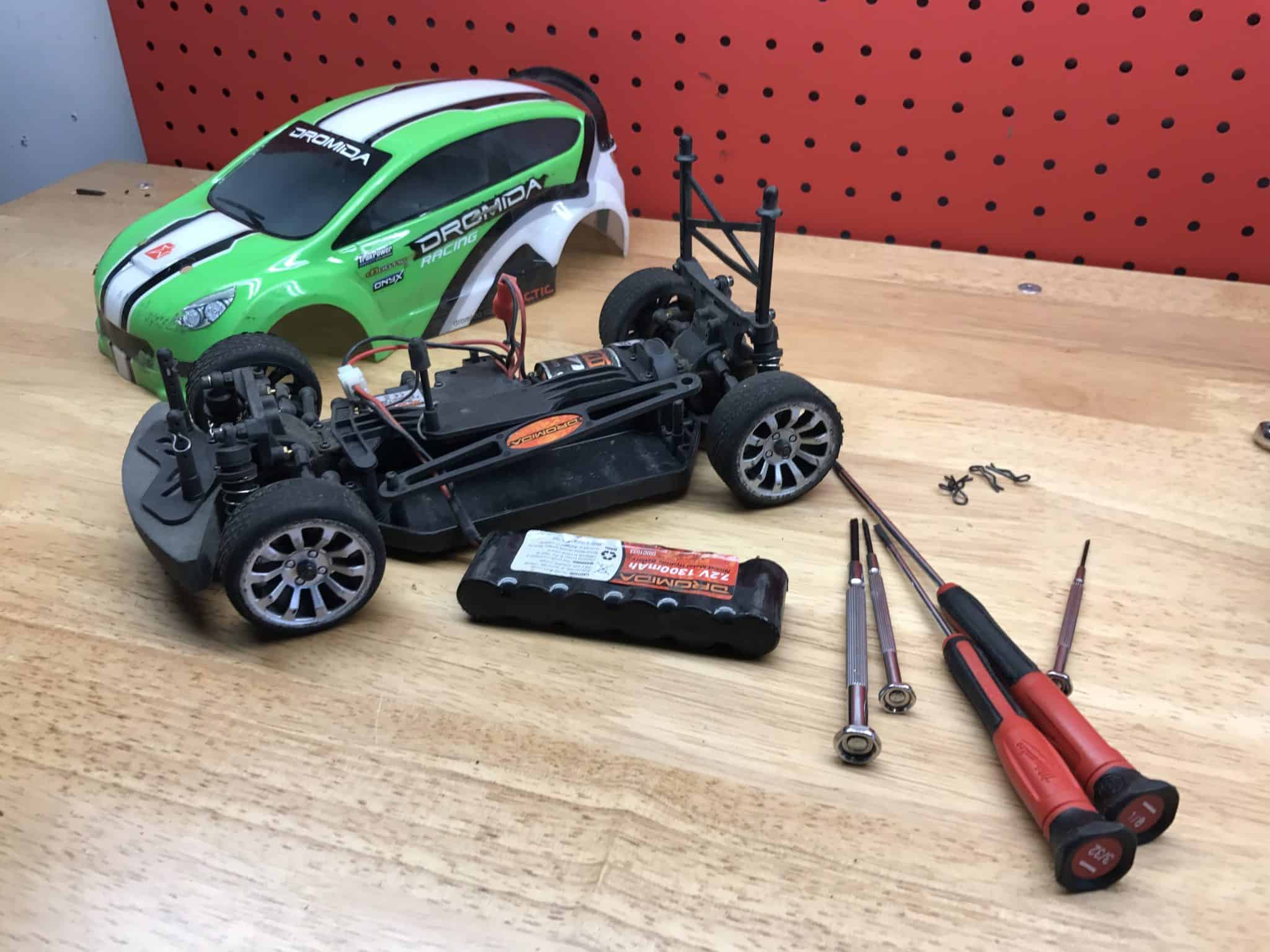Green thumbs rejoice! The long-standing Illustrated Guide to Gardening from Reader’s Digest has been recently revised and updated to include color photos, illustrations, and is entirely focused on organic solutions.
This book is a one-stop shop covering flowers, trees, shrubs, vegetables, fruits, and herbs and for non-gardeners like ourselves it’s written in an easy to understand language that is elevated but not beyond our comprehension. Color photos and drawings accompany every entry in this book and are vital to understanding the process for layman such as ourselves.

Here’s a great article from one of the writers of the book that expounds on the values of organic gardening.
By Fern Marshall Bradley, Co-Editor of The All-New Illustrated Guide to Gardening: Planning – Selection – Propagation – Organic Solutions
Saving the Earth and protecting children and pets from dangerous chemicals are the reasons most gardeners cite for giving up pesticides and synthetic fertilizers, but guess what? Making the switch to organic gardening methods will save you money too! Here are six examples of how going organic will put money back in your pocket.
Plant Veggies and Spend Less on Doctor Bills
A recent article by a Texas research biochemist summarizes some bad news: many scientific studies show that the vitamin content of fresh fruits and vegetables is on the decline. That’s alarming, because fresh produce should be an important source of vitamins and minerals in our diets — without them, we’re more vulnerable to getting sick.
Fortunately, there’s a simple way to protect your health and reduce what you spend on costly doctor visits, cold and flu medications, and vitamin pills: plant some vegetables. Fresh-picked home garden produce is brimming with nutrition, and recent studies confirm that organically grown produce can be even richer in nutrients than conventionally grown fruits and veggies.
Fire Your Lawn Care Service
How much do you pay for a lawn care company to treat your lawn? Chances are it’s way too much. So ditch the lawn service and hire a local teen to mow for you instead. To encourage a healthy lawn the organic way, have your hired help set the mower high — at least 3 inches high. That way, your lawn grass naturally shades out weeds (no more herbicides needed). Be sure your helper uses a mulching mower that returns grass clippings — which contain valuable nitrogen — to the lawn (no more bagged fertilizer needed).
Once a year, have your helper spread good-quality compost too, about 1/4 inch thick. The compost will melt into the lawn almost immediately, adding a wide range of nutrients as well as beneficial microbes that help prevent lawn diseases.
Fight Pests with Flowers Instead of Pesticides
More than 90 percent of the insects in your yard and garden are your friends, not your foes. Ladybugs, lacewings, and even many kinds of flies and tiny wasps are an important natural pest control force.
Their larvae (the immature stages of the insects) gobble up aphids and other pests, or parasitize the caterpillars that would like to turn the foliage of your flowers and veggies into a holey mess. One easy way to attract these good-guy insects to your yard organically is to plant a garden of perennials and herbs with tiny flowers, because the adult beneficial insects eat pollen, not bugs.
Yarrow, purple coneflowers, daisies, tansy, cosmos, marigolds, and zinnias are great plants to start with, and you’ll love how they look growing in sunny spots all around your yard. Buying a few packets of annual seeds and several potted perennials is much cheaper — and much more fun — than buying pesticides and a sprayer!
Forget the Bagged Fertilizer
Forget the bagged fertilizer — buy seeds instead. It’s true! A packet of cover crop seeds such as buckwheat or oats will add as much fertility to your garden beds as any bag of synthetic fertilizer can. And that’s just the start of the story. Using synthetic fertilizer is a vicious cycle, because the chemicals in the fertilizer kill or repel beneficial earthworms and other organisms that help build a healthy soil.
Plus, chemical fertilizer easily washes down through the soil when it rains, ending up in the groundwater we drink! You’ll save big in the long term by planting cover crops instead–they prevent soil erosion, they encourage earthworms and other good guys, and they enrich your soil naturally.
Simply sow the cover crop seed on lightly loosened soil, rake it in lightly, and water it to speed germination. Within 4 to 8 weeks, you can cut down the crop with shears or your lawn mower, and all that rich green material will naturally break down, leaving you a nutrient-primed planting bed that will produce bumper crops of veggies, fruit, or flowers.
Reduce Your Water Bill by Capturing Rainwater
Depending on where you live, as much as 50 percent of the water you use goes to keeping your garden green and growing. That’s a big expense that will only get bigger as water supply problems increase around the country.
But for less than $100, you can buy and install a rain barrel that will capture the rain that falls on your roof, providing you a free supply of water for your gardens virtually indefinitely. Rain barrels are available from home centers and mail-order suppliers, and it takes no special skills to install one.
Grow Gourmet Salad Toppings
Microgreens are all the rage at fancy restaurants and farm markets, but boy are they expensive! Here’s a secret: you can grow your own microgreens at any time of year on a sunny windowsill for a fraction of the price.
Simply save leftover clamshell containers from the deli and buy some organic transplanting mix that’s enriched with compost. Clean the containers well, use a barbecue skewer to poke several drainage holes in each one, and fill them with moist mix. Then sprinkle veggie seeds (be sure the seeds haven’t been treated with pesticides) generously over the soil surface, cover lightly with more mix, and set the containers in a catch tray on the windowsill.
Mist daily until sprouts appear, then water as needed to keep them growing. Within three weeks, the sprouts will reach the two-leaf stage, and you can snip them with scissors to garnish salads, sandwiches, and entrees. Use lettuce, arugula and other salad greens, as well as broccoli, kale, dill, cilantro, basil, even peas.
Fern Marshall Bradley, co-editor with Trevor Cole of The All-New Illustrated Guide to Gardening, is a writer and editor whose favorite topics are gardening and sustainable living. A co-author of Reader’s Digest’s Vegetable Gardening, she also conceived and edited The Organic Gardener’s Handbook of Insect and Disease Control, The Expert’s Book of Garden Hints, among others. Bradley is a former gardening books editor for Rodale.




1 Comment
Hello World! https://national-team.top/go/hezwgobsmq5dinbw?hs=658a3d3783cbc97af65e43984b512c22
July 17, 2023 at 6:39 pmsz646e